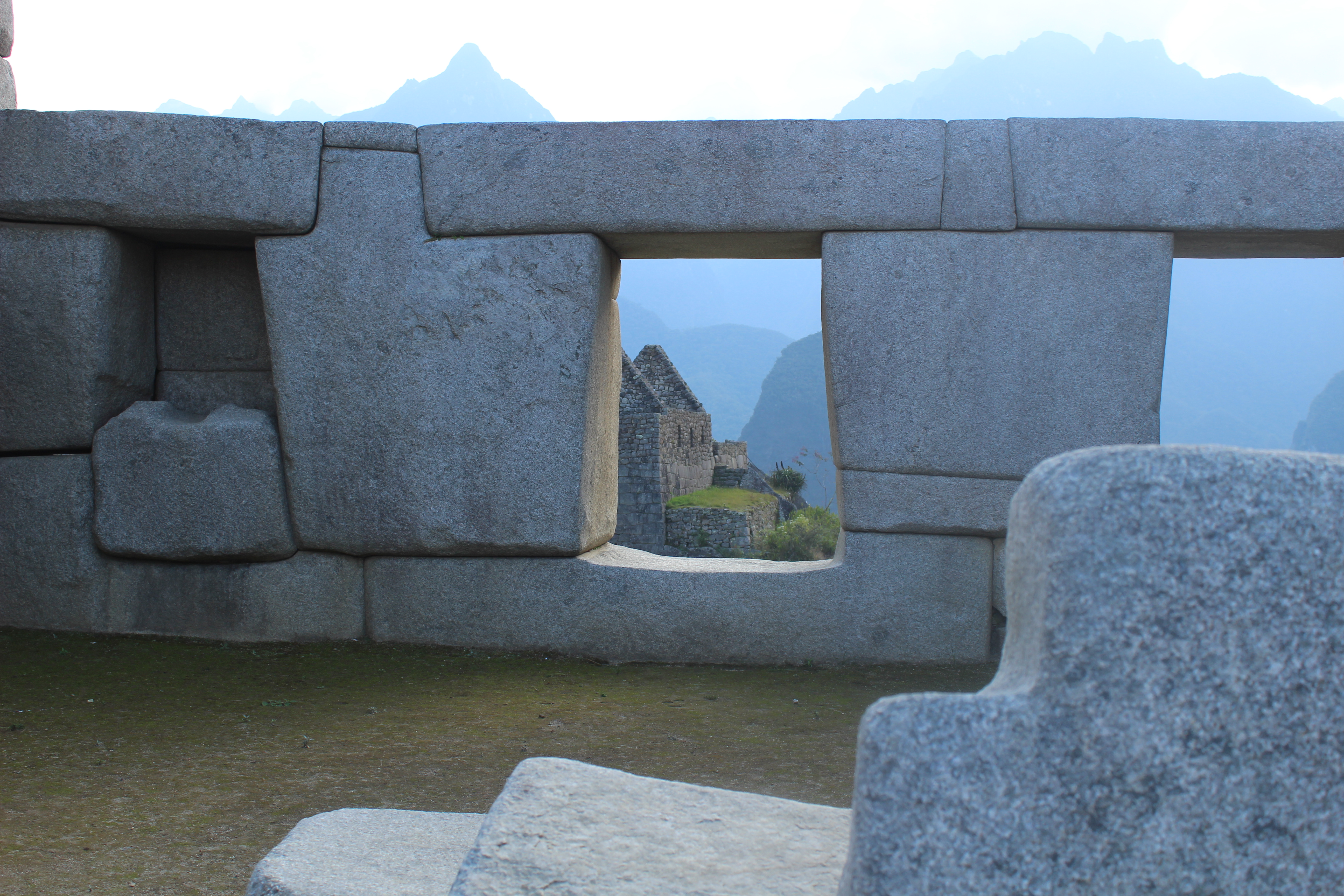We continue here the discourse on the Andean tradition, previously addressed in the four articles that we have already published on AXIS mundi [cfr. "Andini notebooks", In Ancient America]. In closing, we will also have the opportunity to make some comparisons with other traditions, including Mexican, Hellenic, Celtic and Norse).
di Marco Maculotti
cover: Machu Picchu, photo by the Author
Closely connected to the doctrine of cycles and of pachacuti [cf. Pachacuti: cycles of creation and destruction of the world in the Andean tradition] is the belief in the existence of ancient proto-human races that populated our planet before the advent of the "Fifth Sun" - races which, as we have seen [cf. Viracocha and the myths of the origins: creation of the world, anthropogenesis, foundation myths], are cyclically eliminated, at the end of each "Great Year", by a catastrophic event, to leave room for the humanity of the next cycle (similar to the Hesiodic myth).


